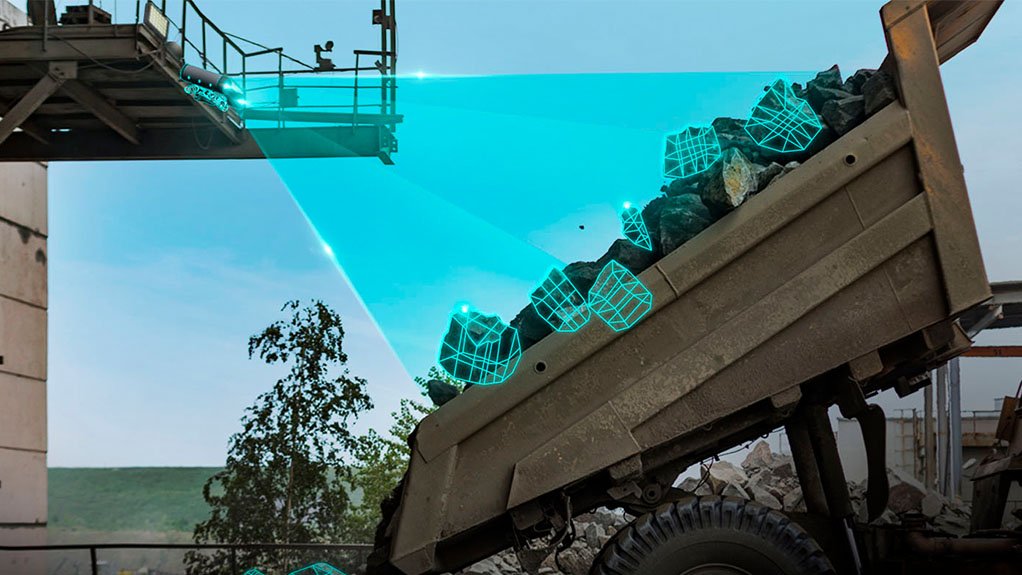A new fragmentation monitoring solution has been developed to meet a growing demand for downstream monitoring and optimisation solutions in the mining sector.
The technology is said to use the latest deep neural network artificial intelligence, or AI, framework with hybrid 2D and 3D particle size distribution (PSD) processing methods, to deliver a fully autonomous adaptive fragmentation monitoring solution at the crusher dump pocket, enabling the measurement of material on the truck during the tipping operations.
Orica announced the release of its latest fragmentation monitoring solution enabled by FRAGTrack Crusher, an automated pre-crusher fragmentation measurement tool designed to deliver operational continuity in a safe and reliable way.
The tool is designed to provide accurate, truck-by-truck PSD analysis of rock fragments during the dumping operation, without impacting operations or productivity. The technology delivers performance tracking for both drill and blast operations and downstream processing functions, aimed at driving continuous end-to-end improvements in the mining value chain. When combined with Orica’s FRAGTrack Conveyor technology in a fragmentation monitoring solution, it enables further real-time analysis of the crusher’s performance and the impact of blasting parameters in a production workflow.
“The full adoption of AI technology into our architecture, coupled with our strategic partnership with Microsoft, allows us to expedite the delivery of capabilities that were not previously possible, and FRAGTrack Crusher is an example of how we leverage AI to help deliver intelligence and value to our customers,” said Orica VP: digital solutions Raj Mathiravedu.
PSD data is provided by means of a real-time application programming interface and industrial open platform communication unified architecture protocol to drill and blast software and crusher distributed control systems, allowing seamless integration into the existing site operation workflows.
FRAGTrack Crusher is used in the mining and quarry markets as an enabler of blasting optimisation and mine-to-mill initiatives. The tool is said to signal a transformation from the subjective nature of existing manual PSD analysis methods, while eliminating the safety concerns of on-bench photography and the time required to manually process and correlate to relevant data sets, including fleet management data to determine the material’s blast of origin.
EMAIL THIS ARTICLE SAVE THIS ARTICLE
To subscribe email subscriptions@creamermedia.co.za or click here
To advertise email advertising@creamermedia.co.za or click here













